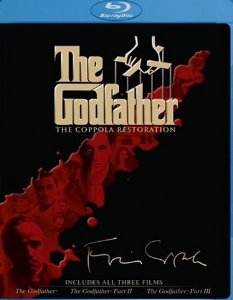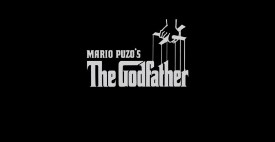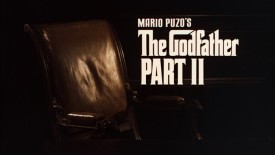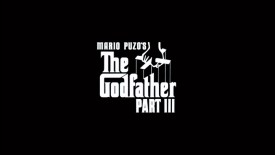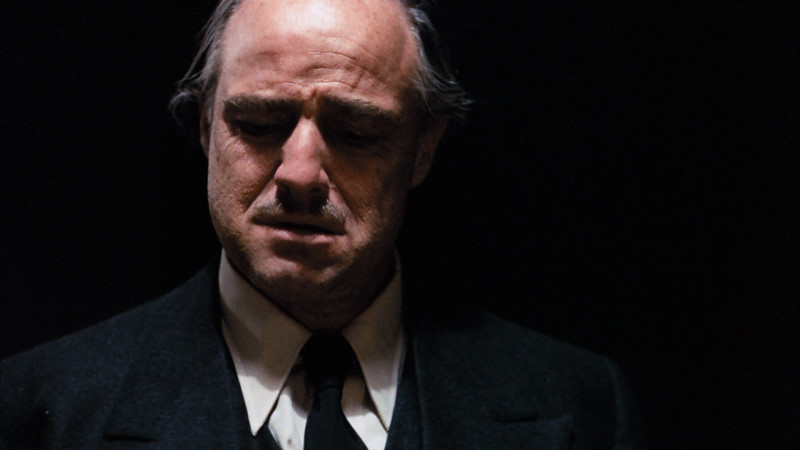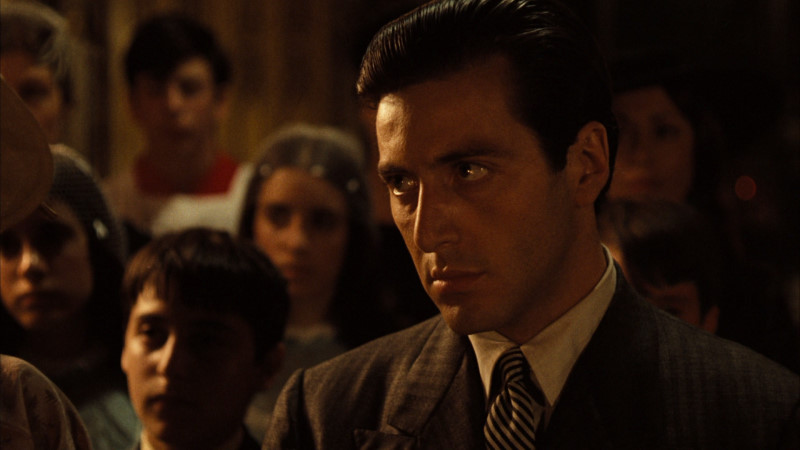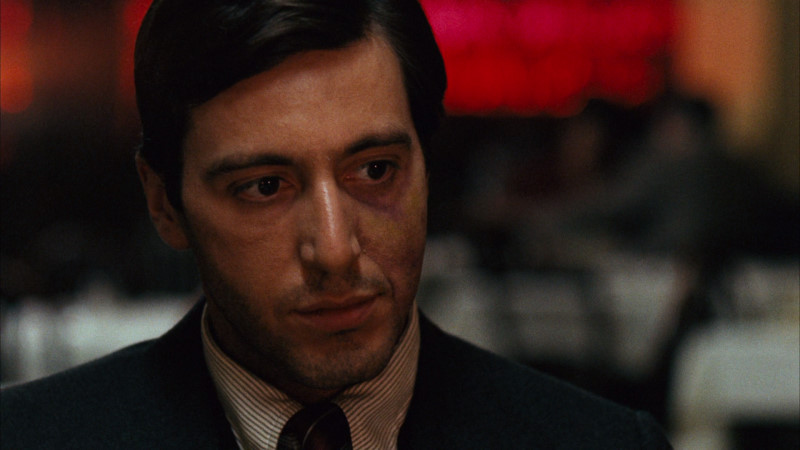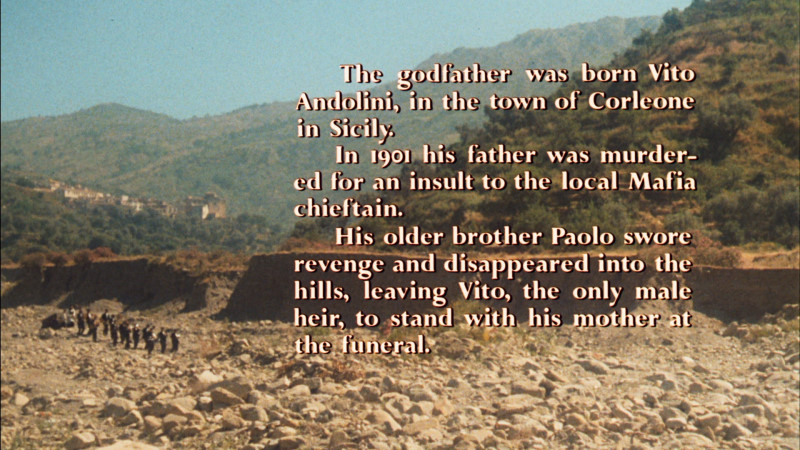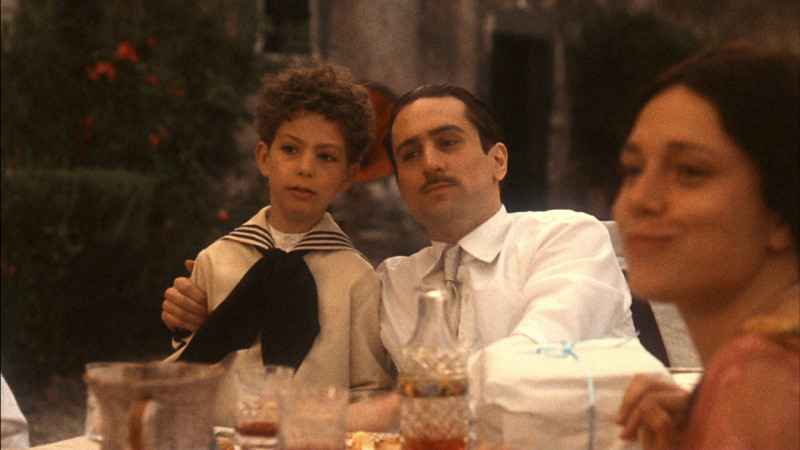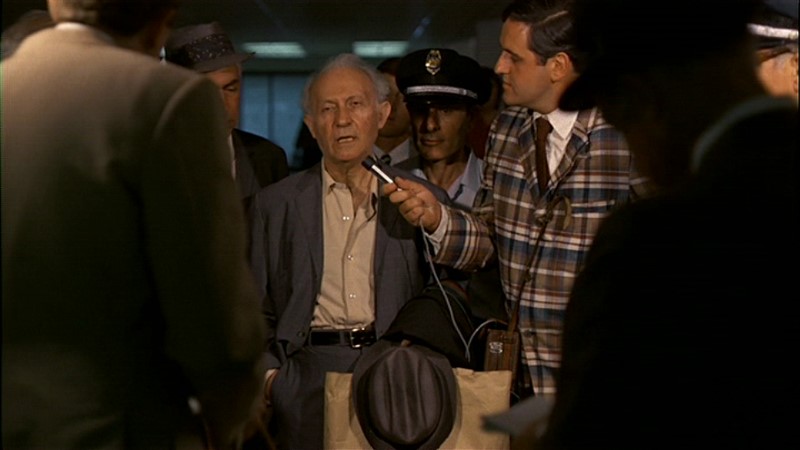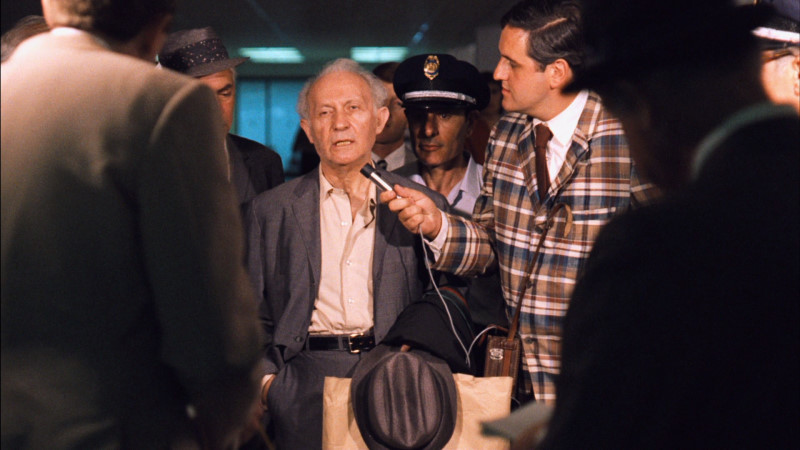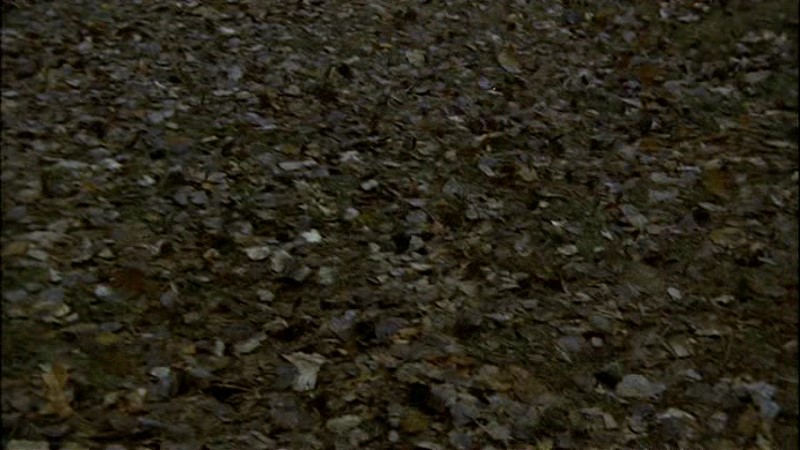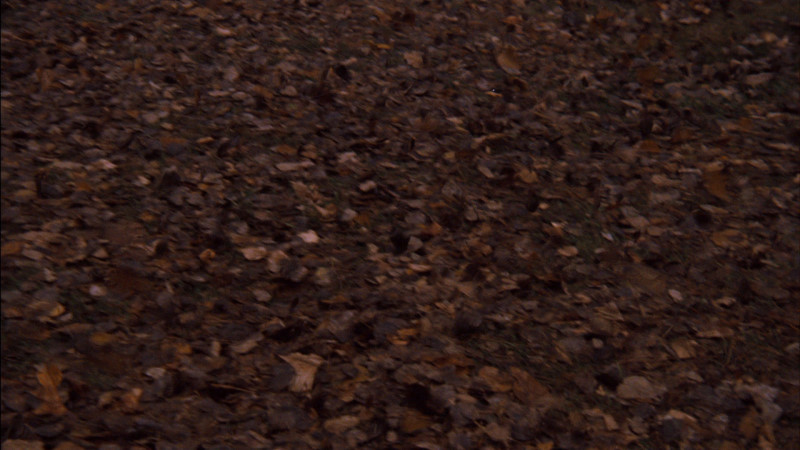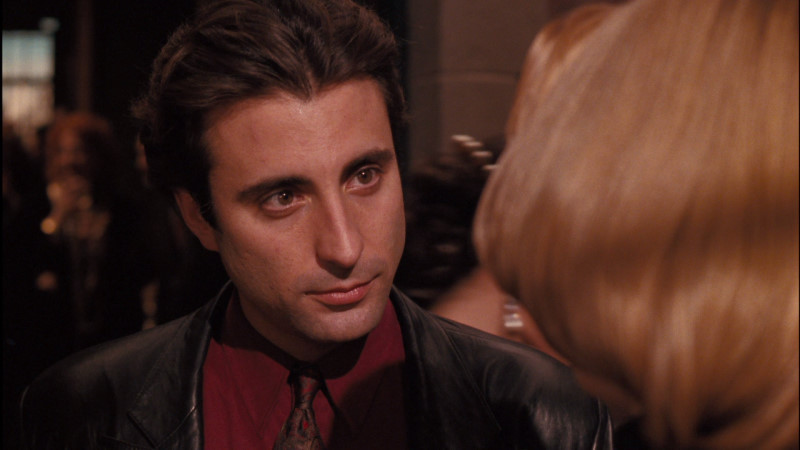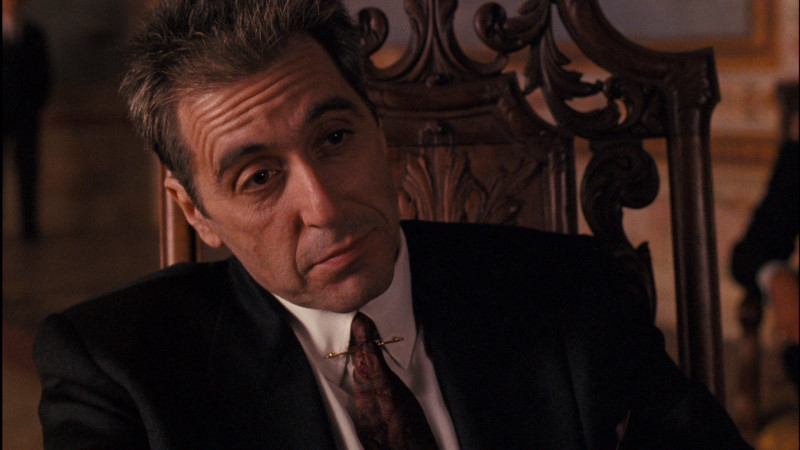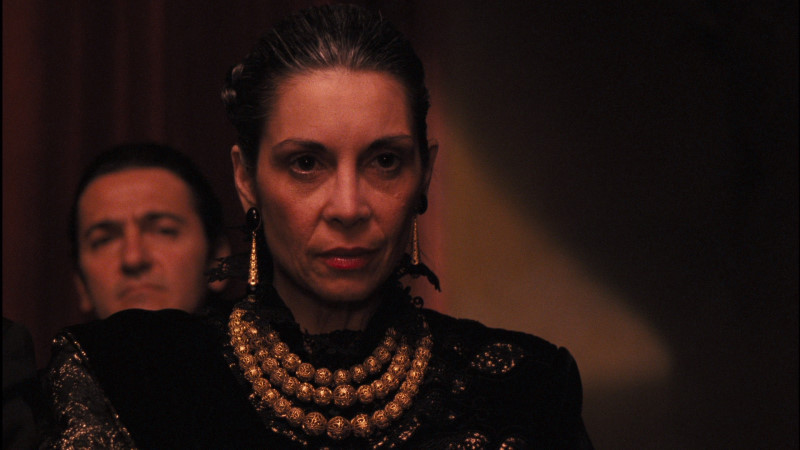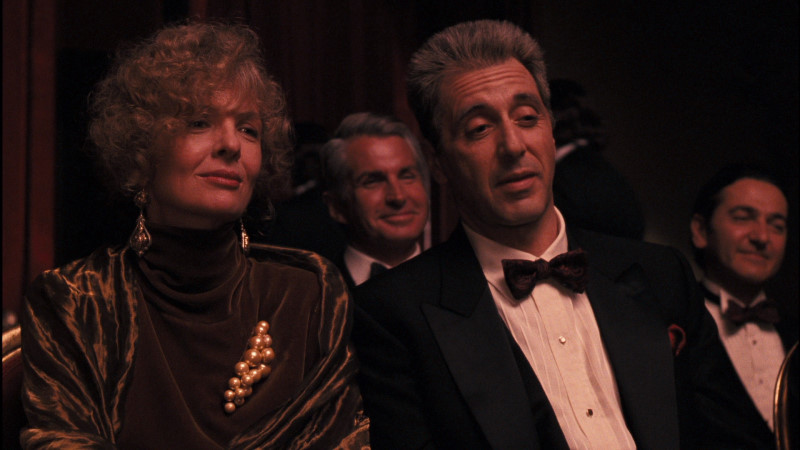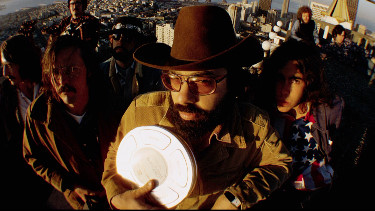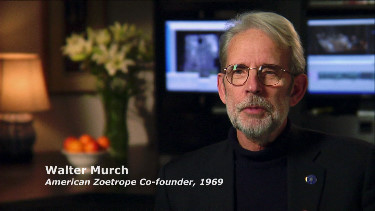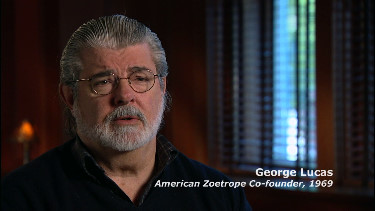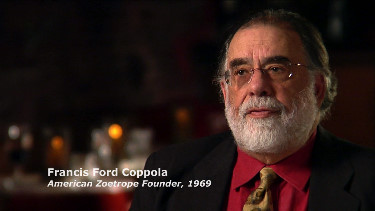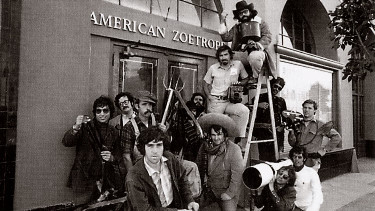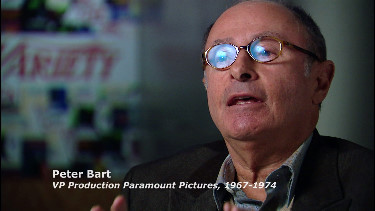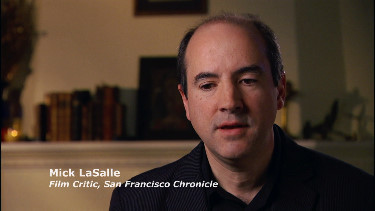|
Firstly, a massive thank you to our Patreon supporters. Your generosity touches me deeply. These supporters have become the single biggest contributing factor to the survival of DVDBeaver. Your assistance has become essential.
What do Patrons receive, that you don't?
1)
Our
weekly
Newsletter
sent to your Inbox every
Monday morning!
Please consider keeping us in existence with a couple of dollars or more each month (your pocket change!) so we can continue to do our best in giving you timely, thorough reviews, calendar updates and detailed comparisons. Thank you very much. |
![]()
![]()

![]()
![]()
|
Search DVDBeaver |
S E A R C H D V D B e a v e r |
|
The Godfather (The Coppola Restoration) [Blu-ray]
The Godfather 4K UHD is reviewed HERE
(Francis Ford Coppola, 1972, 1974, 1990)
Review by Leonard Norwitz
Studio: Theatrical: Paramount Pictures Blu-ray: Paramount Home Entertainment
Disc: Region: A Runtime: 2:57:09, 3:22:06, 2:50:15 Size: 50 GB X 3, 25 GB X 1
Case: Expanded Amaray Blu-ray case
Video: Aspect ratio: 1.78:1 Resolution: 1080p Video codec: VC-1
Audio:
English: Dolby TrueHD 5.1
Subtitles: English SDH, English, French, Spanish, Portuguese, none
Extras: • Commentary by Director Coppola for each film Disc 4
• The Masterpiece That Almost Wasn't (29:46
in HD!)
The Score Card
The Movie : 10/10/7 How does one begin to talk about one (or two) of the most admired and influential films of all time? Between the first two Oscar winning Godfather movies – the first, in 1972 and Part II in 1974 – we have a picture of America for the first half of the twentieth century that is so compelling, many people imagine there was little else of importance that actually happened in this country that didn't happen in The Godfather.
It all begins with the line: I believe in America, spoken not by one of the main characters, but by an undertaker – and the rest is cinema history. For some nine hours over three movies, we find ourselves concerned with the rise and fall of a first generation Sicilian-American family and their children, and their children's children.
Given what had preceded it, I don't see how anyone could have seen this coming. Francis Coppola was an important writer before he became a director worth taking note of. Up to 1972, he had directed three feature films: most recently the truly dreadful Finian's Rainbow. His other credits, however, were impressive: He wrote This Property is Condemned and Patton (for which he won an Oscar), and co-produced American Graffiti (1973). The story of how he sold The Godfather to Paramount, whilst going overbudget down to the wire is the stuff of film drama itself (and is included as a bonus feature on this Blu-ray set.)
Yes, the movie was based on a very popular best-seller, and it had Mario Puzo's name right up there above the title. But a three-hour movie that begins with a four-hour wedding! Unheard of! (Michael Cimino certainly took notice for his 1979 Deer Hunter.) Very risky. OK, so the movie will have Marlon Brando. But who's this Al Pacino, whose only recognizable film credit thus far was Panic in Needle Park (which no one saw anyway)? And you say he's playing the lead? What about Brando? He's going to be what! And who are all these other actors in big coats? And Diane Keaton? She had previously done only a little TV and had a part in Lovers and Other Strangers? OK, James Caan was familiar face, but hadn't a single important feature film to his credit.
Cinematographer Gordon Willis had only been shooting features for two years, though Klute certainly demonstrated promise. Nino Rota was probably the most seasoned player in this drama, already having scored Romeo & Juliet, The Taming of the Shrew and any number Fellini movies (Zero Oscars to date, by the way – and to the Academy's undying embarrassment, they voted to give the Oscar to Charlie Chaplin's 1952 Limelight. This is The Godfather for God's sake! - for my money, this and his work for Part 2 (which did earn the statue) combine to make it one of the best film score ever written, right up there with Gone With the Wind, Ben-Hur, Lawrence of Arabia and Now, Voyager.) Anna Hill Johnstone was an astute choice for costume design (Baby Doll, A Face in the Crowd, Splendor in the Grass, Fail Safe) – this is someone who knows what America looks like. As did Francis, who was able to impart his vision to a huge cast in two successive, gigantic movies. . . which brings us to The Godfather: Part III.
There was simply no way Francis Ford Coppola was going to meet expectations. For one thing, his remarkable character base had either been killed off by the end of Part II or by natural forces: Richard Castellano (Clemenza) Michael Gazzo (Frankie Pentangeli), Abe Vigoda (Tessio), James Caan (Sonny), John Cazale (Fredo), Richard Conte (Barzini), Al Lettieri (Sollozzo), Gastone Moschin (Fanucci), Sterling Hayden (McCluskey), Robert Duvall (Tom Hagan), Robert De Niro and Brando (Vito). I'm sorry, but as much as I admire Eli Wallach, he was just not enough to fill so many shoes. Andy Garcia was no match for the memory of Pacino's Michael. Pacino himself seemed to be under the spell of his characterization of Big Boy Caprice, made the same year. Joe Mantegna – too little, too late. Talia Shire and Diane Keaton were still on board, though I liked Keaton less than previously. The move to focus the attention on the Vatican always struck me as a bit much, though I understand the sense of the Corleone family's desire to expand. Even with Puzo and Coppola on the script, the magic had worn off by now, and America was no longer the eye in the storm. So, as you can see, I never thought Sofia was the problem. Far from it. And on this, my third viewing, I still don't.
The Godfather 4K UHD is reviewed HERE
Image : NOTE: The below Blu-ray captures were ripped directly from the Blu-ray disc. Godfather : 4~5/7 Godfather Part II : 6/8 Godfather Part III : 9/9 By the time I received my review copy, there was already a reaction on the Net to the Coppola Restoration. Some felt that it was not so much a restoration as simply a brightening, and even charged Coppola, Willis and others with caving into criticism that the film was too dark – not in terms of dramatic tone, but picture quality. Others compared the Blu-ray to the Restoration as projected in 2K at the Ross Theatre on the Warner lot and declared it to be exactly similar. By the way, it is curious that it's called the Coppola Restoration since, so it appears in the featurette, his only contribution was to ask Steven Spielberg, in his then new relationship with Paramount, that it be done.
So the question naturally occurred to me: What exactly should we be criticizing here? What should be the province of our review – or any review? I knew that whatever memory I had of the original theatrical presentation some 35 years ago had been replaced by time, various video incarnations and my own imagination. (It was reassuring to hear Francis admit to the same.) I also had the experience of seeing other restorations that seemed to me to be at odds with the intent of the drama. In any case, who am I to say what evil lurks in the minds of men – or what color or exposure was intended?
So I decided that before launching into any of the restorations, I would first watch the 19-minute featurette on the whys and wherefores. This turned out to be something of a revelation for me, historically and artistically. The first thing I learned was that the original camera negative (we're talking about the 1972 Godfather) was so overused, it had become useless. Second, that Willis shot the movie deliberately so that the only way to print it was the way he shot it, with none of the usual compensations for exposure latitude, resulting in an unusually thin negative which was one of the reasons it fared so badly. Third, that Willis used no on-camera filtration.
I repeat, Willis shot without filters. He expected that the golden tone that we associate with the movie would be applied in the processing. But since the negative was no longer viable, and surviving prints were not in terrific shape, it was not entirely clear what the color scheme should actually look like. Willis was consulted for the restoration, but he was not directly involved. According to the featurette, Willis stated that he expected "4 points of yellow plus 1 point of red" over normal. So when we look at the restoration and it appears to us reddish, it may be that this in comparison to what we are used to, which might have been more like 10 points yellow + 1 point red. Truth is that it's been so long since I have worked with color filters on negative film that I really can't say with any confidence what 4+1 should come out to given any scene. For my part, the new color palette took some getting used to, but I eventually tumbled to it.
As for brightness, in some parts of the first movie – less so, I think, of the second – Willis, we are told, was going for a look of old Anscochrome which results in something like old home movies – which is very much what Connie's wedding looks like in the restoration: almost amateurishly overexposed. The videos we have seen up to now have added a considerable amount of yellow to what was essentially a seriously overexposed negative, so that it appears to have more image content than the restoration – which, in a way, it does – but it's not, so the restorers would argue, what Willis shot, or wanted.
Back to the restoration: So what was needed was a worldwide casting call for any exiting prints or parts of prints for all three movies – the most in need of work were the first two, especially The Godfather. The redoubtable Robert Harris supervised a multi-stage restoration process that eventually made its way into 4K. When you see what the restoration team had to work with I think you will be aghast; and when you see what their work looked like in its various stages I am equally certain you will be astonished; and as for the final result: appreciative, if not satisfied.
The Godfather Part II
SD (original) TOP vs. Blu-ray BOTTOM
SD (original) TOP vs. Blu-ray BOTTOM
The Godfather Part III
The Trilogy Ignoring the usual improvements in resolution and range of color that come with high definition, it turns out that the trilogy has been reconsidered as a whole. The 4 points of yellow plus 1 point of red filtration has been applied to all three movies, resulting in a color palette shift from golden yellow (applied in various proportions in previous video transfers) to golden red. In Godfather Part III, that shift is dramatic in some places, as in the opening scene in the church where Michael receives his award. The first Godfather has the most radical alterations in relative brightness. Curiously, it's not the darker scenes that are brighter, it's the ones in bright sun, most notably, as just observed, Connie's wedding. It is not the case, for example, in the scenes in Sicily where Michael is in exile.
Nearly all interiors are richer, more substantial. The blacks in such scenes are, if anything, blacker – certainly more solidly, less apologetically so. As to that, I did not observe any untoward attempts to apply noise reduction. This is most important, as the original film – and, apparently, the intent – was that grain (not noise) be apparent. Much the same could be said for contrast, i.e., exposure latitude, which is more dramatic – even to the point of overblowing the light end of the spectrum, while crushing the dark end. As we progress through the trilogy, these two tendencies become less evident. Godfather III, by comparison, looks quite modern – much of it we would consider demonstration quality.
Some random notes on the separate movies:
The Godfather I always thought that the SD brought the music in too soon – not that I remembered otherwise from seeing it in the theatre – just that it was wrong to bring in the theme over the main Paramount logo. I thought it should come in over black – and so it does in the Restoration.
Godfather Part II The street festival and murder of Fanucci by Vito, ending in a fireworks display that foreshadows the counterpoint of church and death of many, if not all, of the multiple murders in each of the films, is bloody awesome. The scene grows, visually and aurally (in either the mono or the new 5.1 mix) as it never has before. The climax is breathtaking. (I'm still looking for mine.)
This movie provides, in close proximity, pairs of examples of the restoration about color and brightness that informs their thinking throughout: Note the dramatic color and lighting changes in chapter 28, especially at Hyman Roth's arrival at the airport. The BRD restoration wants to make it clear that the key lighting comes from hand held media auxiliaries; the SD "naturalizes" the lighting so that nothing is blown out, yet permits the background the background to get correspondingly dark. A moment later we see an upward pan across the lawn to the Tahoe house. Recently fallen autumn leaves are still with us in the BRD, whereas in the SD the leaves already grey dead. The various assassinations are yet to happen. Which color do you think the leaves should be?
Godfather III Despite its being much more recent, Godfather III is no less altered for the restoration. Scene after scene has a body, a presence, a validity that does not exist in the previous SD. Sofia likes pulling her hair away from her face. You will, too.
Audio & Music : All bumped to a more deft TrueHD track and sounding just that much more wonderful with greater depth and clarity. I'd say that the vast majority of speaker activity is in the fronts but some scenes give the rear, and bass response, a good going over. Gary mentions the helicopter ambush in Godfather III as being very aggressive - it sure is - almost overly so. The score, indelibly vested into the lore of film, appropriately sounds better than ever before with a lilting urgency and undemonstrative elegance. This new track was definitely part of my appreciation of the Blu-ray.
perations : As the feature discs are bare of supplements (excepting the commentaries) and have no superfluous adverts - the only delay in firing up the film is your machine's ability to load each huge file (all over 45 Gig). No fuss, or muss and I was very happy to see the Blu-ray commercials and trailer promotions vetoed - sleep'in with the fishes as it were.
The Godfather 4K UHD is reviewed HERE
E xtras : 10All of the previous extra features have been brought over to the Blu-ray box set: Coppola's commentaries appear on each of the three feature discs, while the remaining bonus features, plus a handful of new useful and entertaining extras (in HD, no less), all reside on the fourth disc. A few comments, then, about the new features. I've already addressed the matter of the restoration itself (its being in HD was a nice touch), which leaves five others. Of these, The Masterpiece That Almost Wasn't is essential history, beginning with how and why Zoetrope came into being in the context of a failing movie industry. It's a good companion piece, though very different in tone and method, to Hearts of Darkness, the documentary about the similarly fated Apocalypse Now. Godfather World looks at the influence of the Godfather films on popular culture from The Sopranos to cannoli. The more sober featurette, When Shooting Stopped concentrates on the editing aspects of post-production for the three Godfather films. Then there is the delightful Godfather on the Red Carpet, a short something or other made up of brief comments from various people in the film business as they stand in line to see the movie. Four Short Films on The Godfather reveals what really happened to Clemenza (I'm sure you'll want to know), and some funny bits of reverential humor, including taking heads putting in their two cents about which of the first two films is the better.
Recommendation : 10 If you base your requirements on the most agreeable presentation of Connie's wedding, you're going to be one unhappy camper. If you come to this Blu-ray with an open mind, you are likely to be suitably impressed. My advice: review the restoration featurette first. I just watched these films in large screen front projection. What can I say: It took me back, and then some. Can there be a better recommendation? Warmly and Highly. Leonard Norwitz
|
![]()
![]()
![]()
![]()


